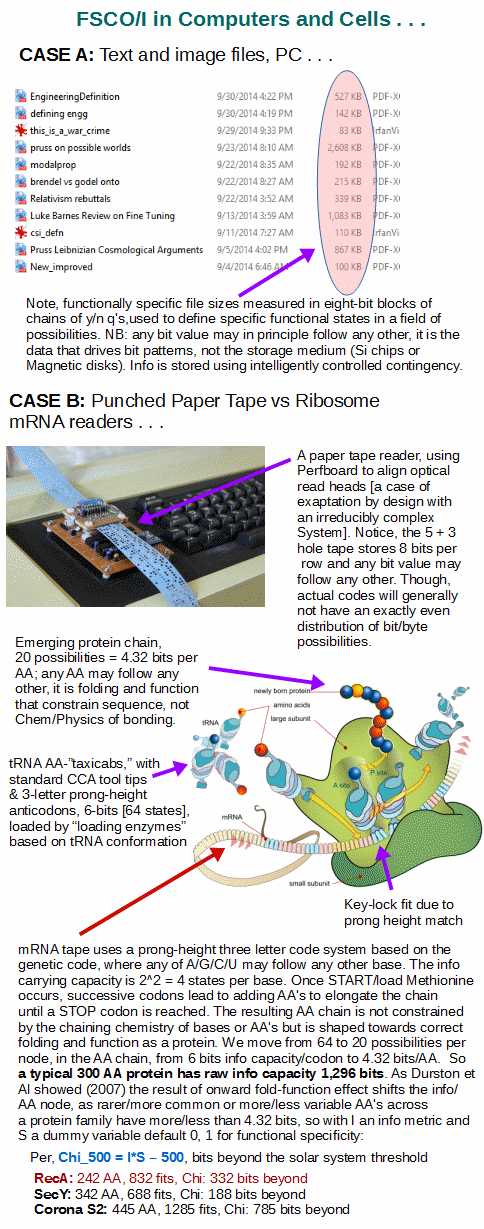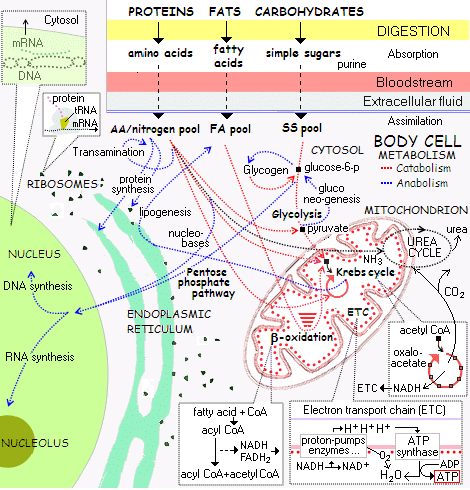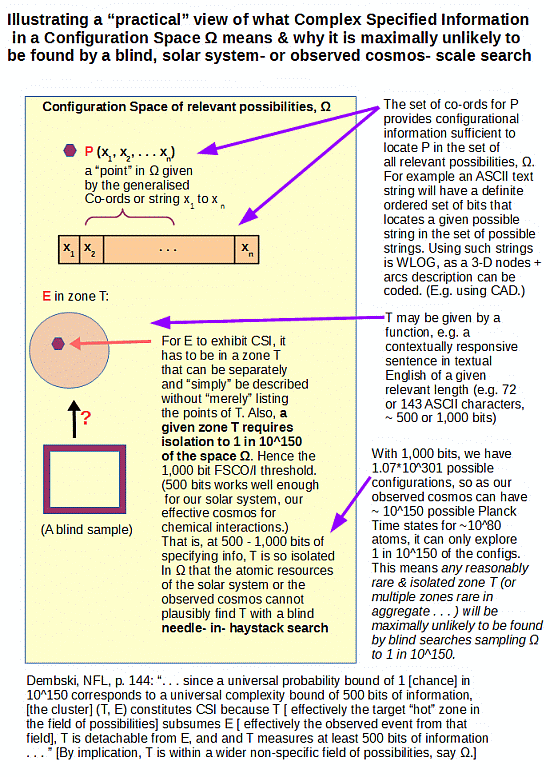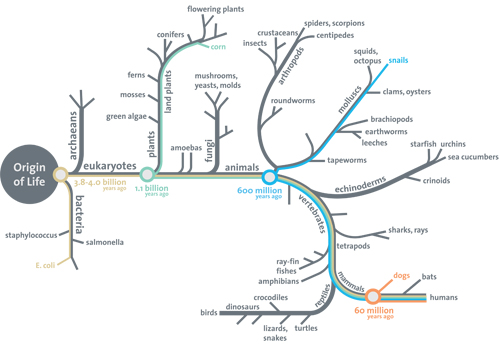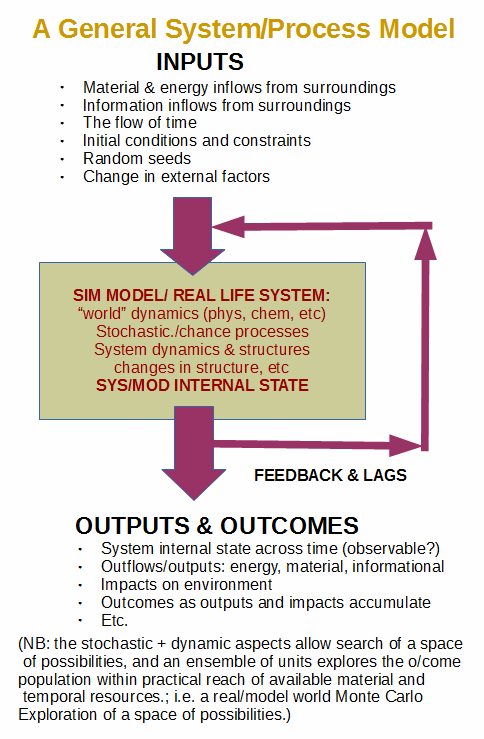One of the favourite tactics of hyperskepticism is to brazenly dismiss what is objected to as a myth, misconcept or word magic, etc; even while in the real world, one must deal with it day by day as blatant reality. Oops.
This has been happening with FSCO/I and linked concepts such as dFSCI.
As a simple example of the undeniable reality of functionally specific complex organisation that depends on proper arrangement of parts according to a wiring diagram (which is informational) to achieve function, I again bring to the table a classic, the Abu-Garcia 6500 C3 mag reel, with its exploded view “wiring” diagram:
The need for proper functionally specific information rich organisation of correct parts to get it to work should make this a patent case of the reality of FSCO/I. And as a bonus, it turns out Abu started out with watchmaking then Taxicab meters, as a video reports:
If you follow the story, you will also see how the early Record Reels were in effect one-off jobs, each requiring skilled fitting, as the manufacturing precision to achieve interchangeability was not in place. Then in the 1950s, and as automation was brought to bear that was achieved. This of course shows islands of function and how even slight variations can lead to functional breakdown.
FSCO/I is a basic and undeniable reality of technological systems.
Digitally coded functionally specific complex information, dFSCI, is as commonplace as text S-T-R-I-N-G-S, that function as recognisable English prose or poetry or programs (including machine language object code). Where this post is a case in point as are comments at UD etc etc. A trillion Internet pages stand in mute testimony to this reality.
Such is patently real, observable, recognisable and even quantifiable:
D/RNA in the living cell is a case of dFSCI, and the ribosome protein assembly system of FSCO/I.
[Added Dec 10th:] Similarly, we may look at the wiring diagram of a petroleum refinery as a case of FSCO/I parallel to the Abu 6500 C3 reel:
. . . and directly compare it to the process-flow metabolic reaction network of the living cell (elaborated details here) as a very similar case of FSCO/I:
That is, FSCO/I is plainly real and crosses a bridge between technological and biological worlds, for complex functionally specific systems where the functionality emerges from interaction of correct, correctly aligned, oriented, arranged and coupled parts that work together. Which immediately means that there are vastly many more clumped together or scattered configurations that are possible for the same parts but which will be non functional. To see the point take a 6500 in one hand, and take a sack containing parts for same in the other. Shake the latter up as long as you please, reliably, no functional configurations will result. This is the pattern sometimes called islands of function in large configuration spaces.
Also, reliably, such FSCO/I results from design, with the bag of parts shake-up example illustrating why the blind needle in haystack search of the space of possible configurations of parts will be maximally unlikely to hit on such an island.
FSCO/I is real, comes in isolated islands of function in much larger spaces of possible but overwhelmingly non-functional configurations, and as a result, the most plausible way to achieve FSCO/I is by intelligently directed configuration, aka design. Which is why, on trillions of directly known cases, FSCO/I is a strongly reliable sign of design.
What about Specified Complexity or Complex Specified Information (CSI)?
It is the super-set, in which the manner of specification is abstracted out, as we can see:
But you cannot quantify it, so there, it’s all pointless!
Another blatant denial of well known facts.
Go open your PC up, and open up a folder. Set to view details. Notice the listed file sizes? Those are in bytes, eight bit clusters, of functionally specific, digitally coded complex informational files. As is highlighted above.
They are quantified based on the number of yes/no questions that are used to specify the file state. Bits, binary digits, record information on yes/no, true/false, up/down, North/South, On/Off etc states, and store the chain. In general any bit value can succeed any other, 00, 01, 10, 11. Likewise for ASCII coded characters, D/RNA bases, AA’s in a chain, etc.
Yes, more sophisticated metrics exist that reckon with redundancies, variable frequencies of things such as e vs x in English text, flexibility of AAs in particular places in a protein etc, but those are after the fact of storage unit physics and chemistry.
And, for the hotly debated case, FSCO/I in the world of biological life, it makes no material difference as the cumulative complexity easily exceeds what blind chance and mechanical necessity can reasonably do on the gamut of the observed cosmos.
Oh, yes, the big thing about FSCO/I, dFSCI etc is, there is but one empirically observed source: design. Which is backed up by the needle in haystack search challenge to get to it by blind search. With Darwin’s warm pond of salts or a comet surface etc as relevant start points for the root case, OOL.
The living cell is chock-full of FSCO/I, and that raises the sobering challenge of reasonably accounting for it without imposing a priori, question-begging materialism, by whatever tactics.
Yup, Lewontin’s a priori evolutionary materialism begs big questions:
. . . to put a correct view of the universe into people’s heads we must first get an incorrect view out . . . the problem is to get them to reject irrational and supernatural explanations of the world, the demons that exist only in their imaginations, and to accept a social and intellectual apparatus, Science, as the only begetter of truth [–> NB: this is a knowledge claim about knowledge and its possible sources, i.e. it is a claim in philosophy not science; it is thus self-refuting]. . . .
It is not that the methods and institutions of science somehow compel us to accept a material explanation of the phenomenal world, but, on the contrary, thatwe are forced by our a priori adherence to material causes [–> another major begging of the question . . . ] to create an apparatus of investigation and a set of concepts that produce material explanations, no matter how counter-intuitive, no matter how mystifying to the uninitiated. Moreover, that materialism is absolute[[–> i.e. here we see the fallacious, indoctrinated, ideological, closed mind . . . ], for we cannot allow a Divine Foot in the door. [“Billions and Billions of Demons,” NYRB, January 9, 1997. Bold emphasis and notes added. If you think this is “quote mined,” kindly cf the linked wider cite and discussion.]
The focal issue, in short is to get to islands of function, clusters of effective configurations, by blind chance and mechanical necessity, without assuming a successful search for a golden search that first lands you on such an island.
Islands of function?
Yup, those are real too, there are only some clusters of properly arranged parts that will work, and there are vastly more possible clumpings or scatterings of parts that won’t, as the reel easily shows. If you doubt, just consider someone who proposes to assemble a reel from parts by putting them in a bag and shaking them up for long enough, vs one who takes the same set of parts and follows the assembly diagram.
But, but, but, all one needs to search is the neighbourhood of where one is to find the next better step up the hill of performance.
See the presumption that one starts on an island of function?
To think more widely, consider a general model of a dynamic-stochastic process,
. . . blending blind chance and mechanical necessity. This can carry out a random walk with drift in a configuration space such as was envisioned. But note that there is a problem of necessarily sparse search if one is above 500 – 1,000 bits of complexity.
So, one can only walk a bout a little, from a start that by overwhelming likelihood is at an arbitrary non functional initial point. That is, a search for a golden search that just happens to put the random walk down next to or even on an island of function, is implicit in the objection.
An assumption that you have no right to.
Can you show some real world successes like that that do not beg questions or inadvertently insert intelligently directed configuration, aka design?
We can save the long story and answer: no.
So, unless and until you show a practical solution that is not actually a case of design in disguise, we need not pay any heed.
So, FSCO/I and dFSCI are real, are real-world, are relevant to the world of life and have but one empirically warranted, needle in haystack analysis plausible source. Design. Plenty of room to discuss elsewhere so this is FTR. END

